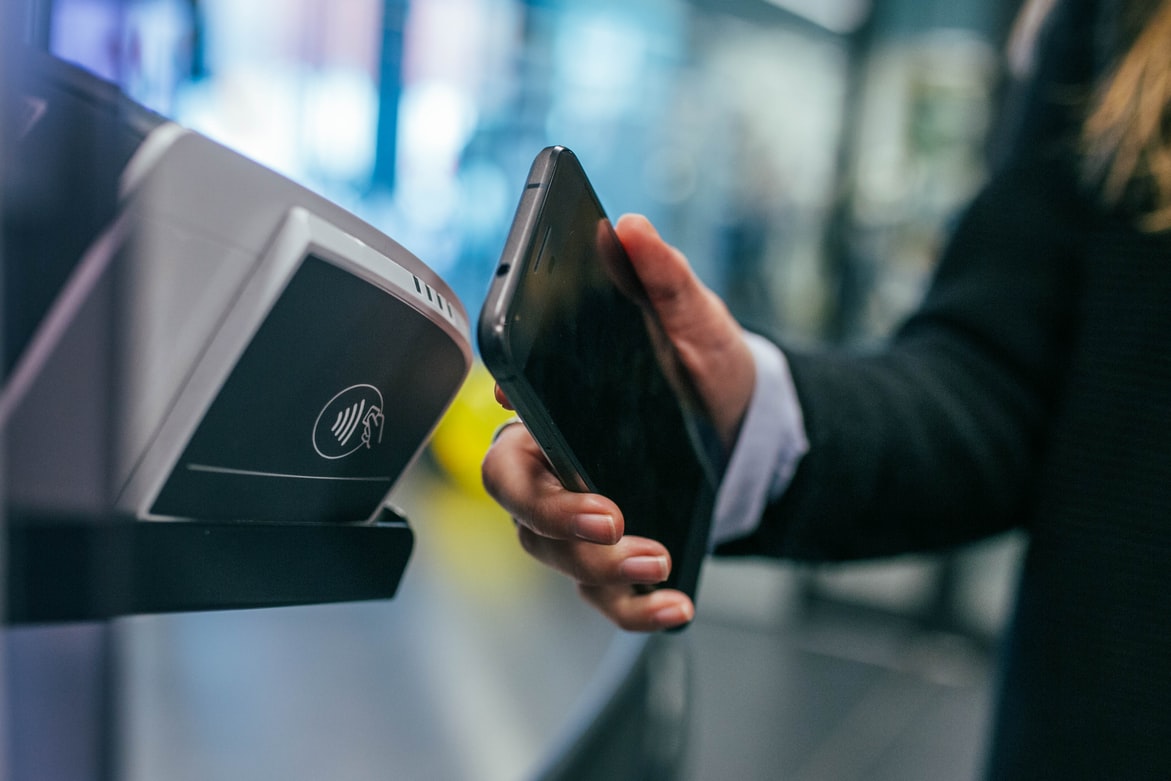
Since the introduction of RFID-based contactless payment technology to bank cards, credit cards and even phones, consumers have reacted favourably to the convenient method of payment, and the eradication of pin entry for small purchases. As of the 15th October, the spend limit for contactless transactions increased yet again to £100 – raising fresh concerns as to the safety of contactless payments as a transaction method. So are contactless payments secure? What are the potential pitfalls of contactless, and how can you avoid them?
In Short – Contactless Payment is Secure.
The concept that contactless payments are less secure than regular Chip and PIN payments is a myth, easily dispelled by every major organisation that uses contactless technology. Transactions are subject to the same fraud protection measures as any other transaction – and if your card is lost, stolen or otherwise misused, you can claim back any money spent via contactless payments via your bank’s insurance. There are other myths regarding the security of contactless, including one particularly pervasive one which suggests your card can be read by a long-distance RFID reader. This is impossible, owing to the shortwave frequencies used by contactless solutions – an RFID chip can only be read from a maximum of 10 centimetres away.
The Potential Dangers of Contactless
This does not mean to say that contactless payments are utterly safe from misuse. You are covered if your contactless capabilities are exploited by somebody, but theft is still a problem – as are some contactless-specific scams you could fall prey to.
There is a chance that your card is stolen from you, and the thief uses said card to make a number of small transactions. However, after a set number of uses the card requires Chip and PIN entry to continue to operate – and the bank will happily cover the small-sum losses incurred up to that point.
There is also a chance that your card could get ‘skimmed’ by a fraudster with RFID-reading technology. But your card cannot be cloned with this data, and the worst that could happen is a charge to your card via a PDQ card reader. Again, the bank will replace this loss should such a thing happen.
The Disadvantages of Contactless
The major disadvantage to contactless payments is the spend limit, which has existed since their introduction into the market. Though that limit has now increased to £100, it still may not be enough for certain people looking for high-value hassle-free transactions. The alternative remains to utilise a credit card, or failing that, take out a business loan for larger business-related transactions.
Another disadvantage is the limited adoption of contactless technology in certain sectors. Which most supermarkets, convenience stores and inner-city public transport have contactless options, they are still missing from a number of sectors where they would be particularly useful – including private-hire cab firms and rural community shops.

Leave a Reply